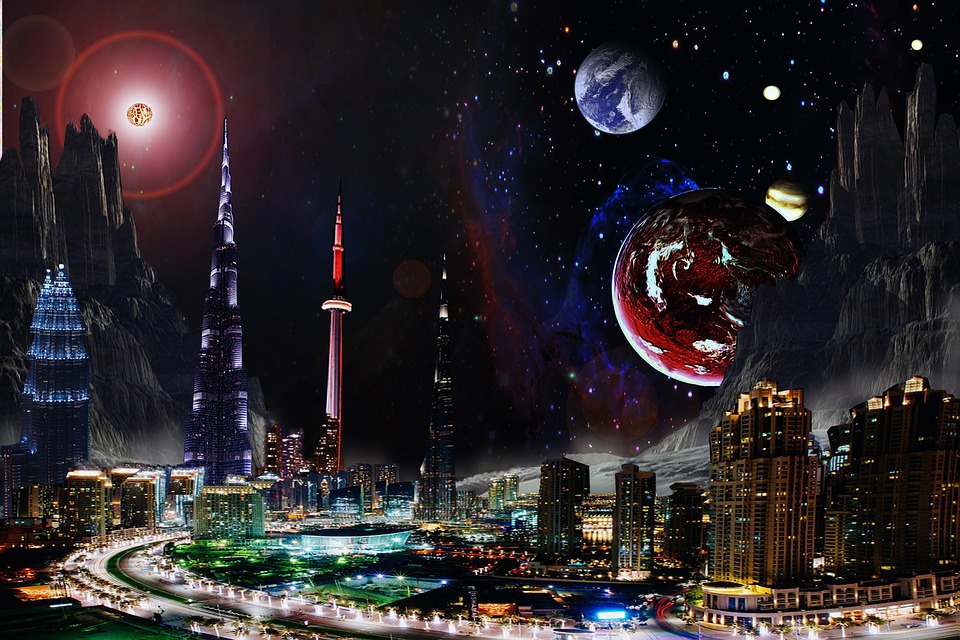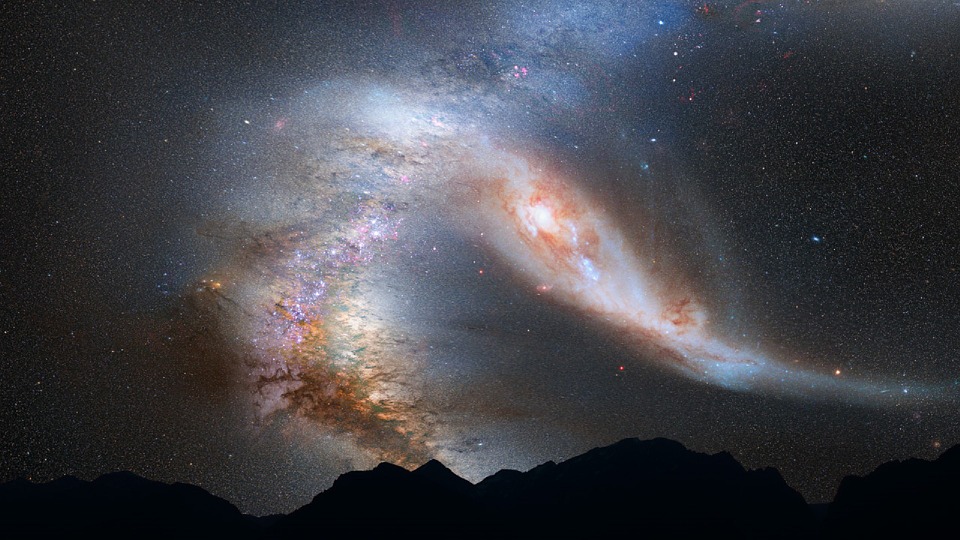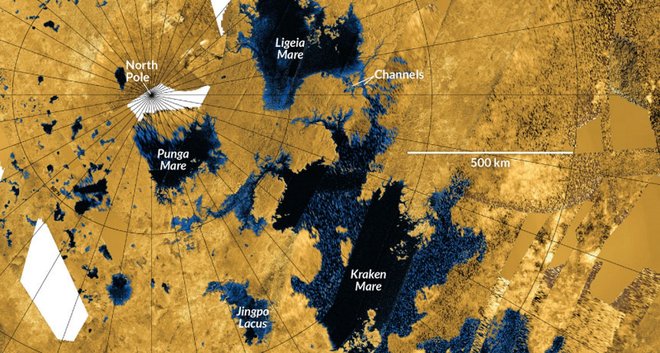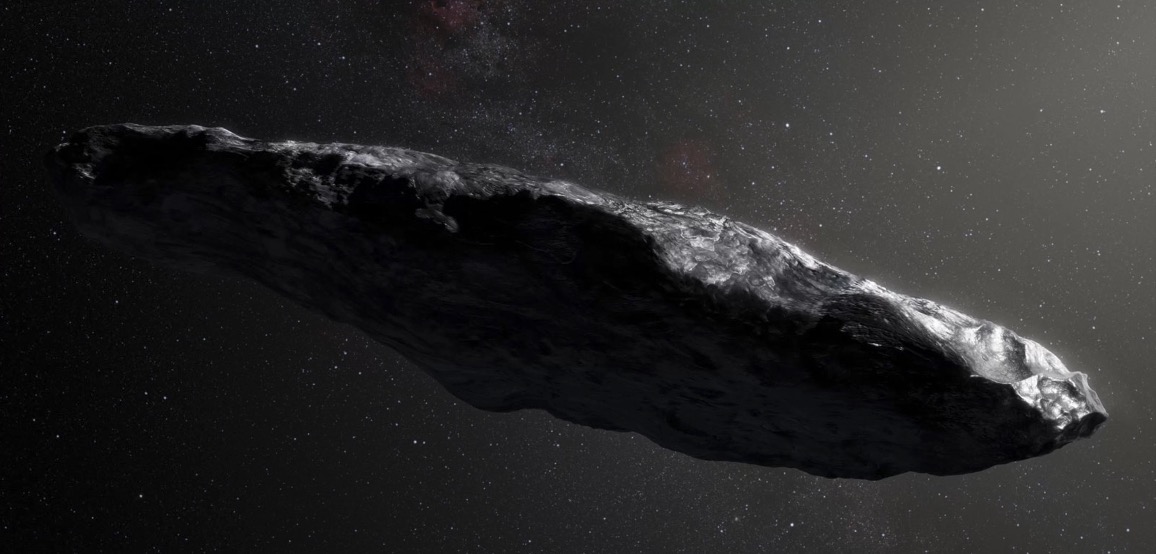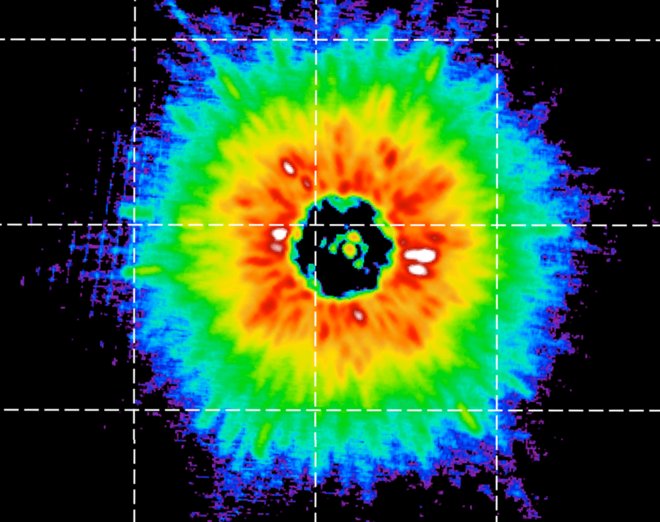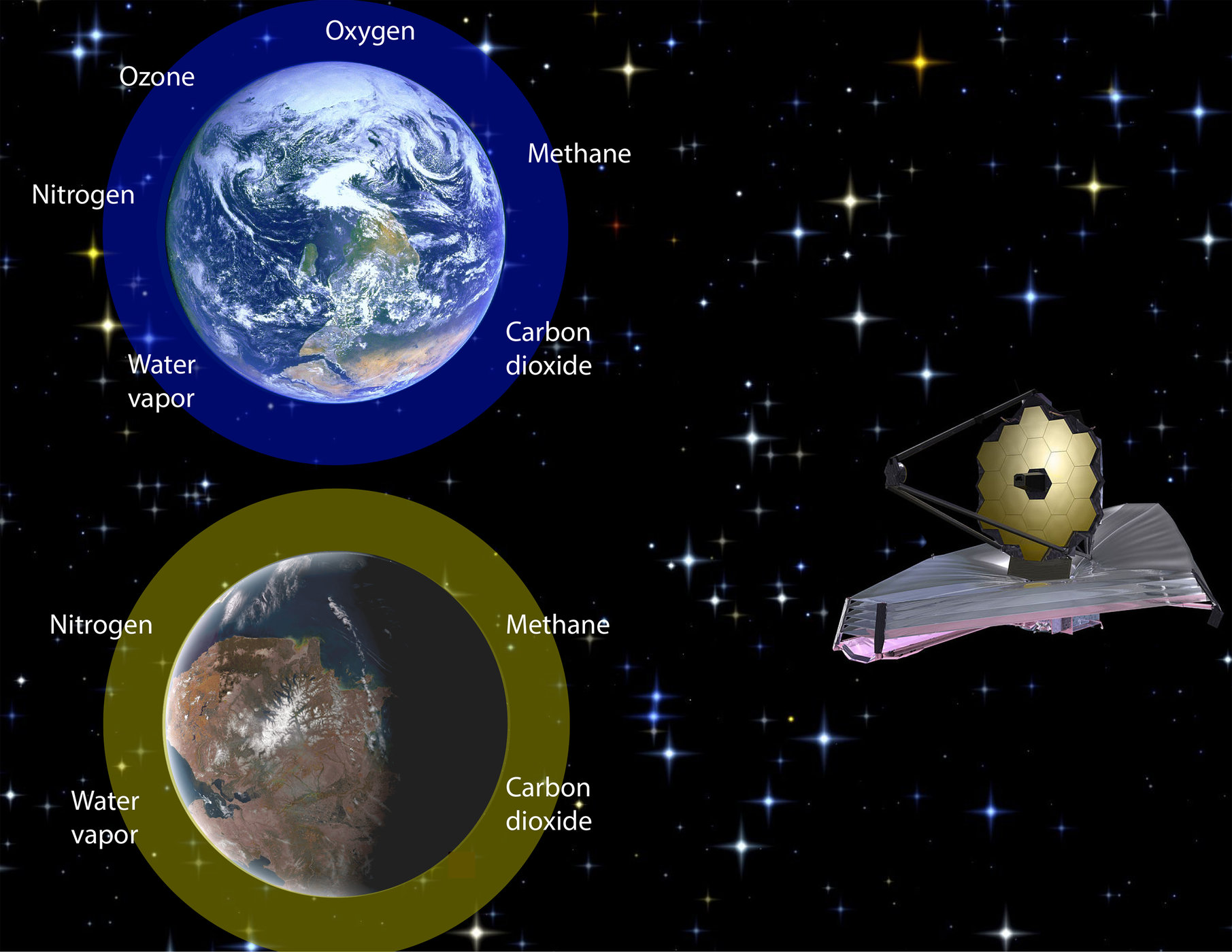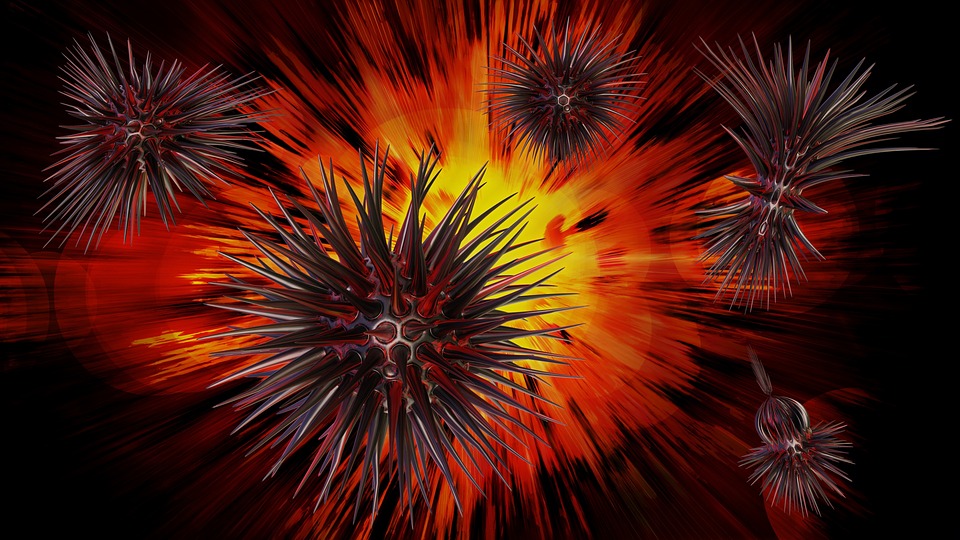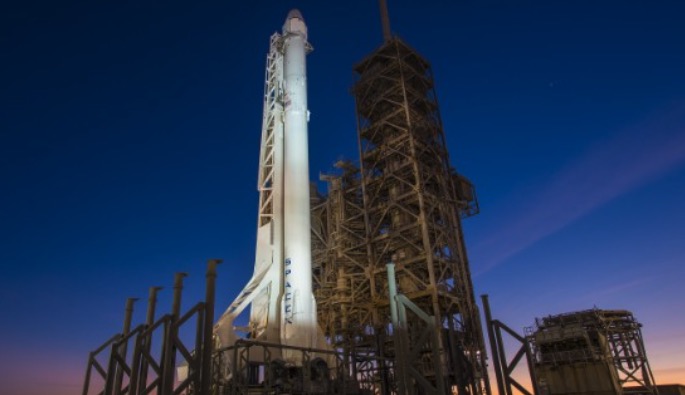space
SPACE: It’s an Epic Clash of Galaxies
Our galaxy, the Milky Way, is on a collision course with its neighbor Andromeda. Although the collision will take place about 4 billion years from now, astronomers have long placed bets on which of the two star systems is more likely to survive the mega crash. Until recently, Andromeda, currently roughly 2.5 million light-years away from the Milky Way, was the clear favorite. But a new study suggests the outcome of the cosmic smashup might be closer to a tie. In a paper published online Jan. 10 in the journal Monthly Notices of the Royal Astronomical Society, a team of … Read more
SPACE: The Seas of Titan
The Saturn system may be the most beautiful in the solar system. As well as its spectacular rings, the Saturn system features more than 50 named moons and dozens of smaller moonlets. The largest of Saturn’s moons, Titan, is larger than the planet Mercury. It has a dense atmosphere of mainly nitrogen and is the only place in the solar system, apart from earth, with seas of liquid at the surface. The seas of Titan are very different from oceans on earth. Instead of water, they are comprised of the hydrocarbons methane and ethane, which are kept liquid by the … Read more
SPACE: Our First Known Interstellar Visitor Had a Violent Past
An interstellar object called ‘Oumuamua has confounded astronomers ever since it passed through our solar system in October of last year. Scientists initially thought that the object — the first-ever visitor from another solar system spotted by Earth-based telescopes — was a comet. Later, they considered it an asteroid and even later described it as a possibly comet-like icy body with a rocky crust. Now, scientists have found that in addition to its confusing appearance, ‘Oumuamua — an up to 1,300-foot-long (400 meters), cucumber-shaped object — likely has a rather dramatic history. When astronomers from Queen’s University Belfast in Northern … Read more
SPACE: New Horizons Spacecraft Reaches New Record
The New Horizons spacecraft’s imager (called the Long Range Reconnaissance Imager) captured these false-color images in December 2017 of Kuiper Belt Objects 2012 HZ84 (left) and 2012 HE85. These are, for now, the farthest images from Earth ever captured by a spacecraft. The photos don’t look like much: blurry green splotches against pixelated blue. But they’re arguably among the most amazing photographic images ever. That’s because they were taken from the farthest point from planet Earth of any images ever captured, snapped by a spacecraft just over 3.79 billion miles (6.12 billion kilometers) from its home planet. That spacecraft is … Read more
SPACE: Astronomers Detect a Swarm of Tiny Objects Orbiting an Alien Sun
There are tiny comets orbiting foreign suns. And human beings can detect them. Six times, about 800 years ago, dark things passed between the bright-yellow dwarf star KIC 3542116 and Earth. They were small in cosmic terms, about 330 billion tons (300 billion metric tons). That’s about the size of Halley’s Comet, or just one-245 millionth the mass of Earth’s moon. But they were big enough. They blocked a fraction of a fraction of the light that was streaming outward from that star. Eight hundred years later, the sensitive lens of the Kepler Space Telescope — a nearly meterwide piece … Read more
SCIENCE: Are We Living in a Hologram?
In the late 1990s, theoretical physicists uncovered a remarkable connection between two seemingly unrelated concepts in theoretical physics. That connection is almost inscrutably technical, but it might have far-reaching consequences for our understanding of gravity and even the universe. To illustrate this connection, we’re going to start at — of all places — a black hole. Researchers have found that when a single bit of information enters a black hole, its surface area increases by a very precise amount: the square of the Planck length (equal to an incredibly small 1.6 x 10^-35 meters on a side). At first blush, … Read more
SPACE: Oxygen Isn’t the Only Possible Sign of Life
Alien-life hunters should keep an open mind when scanning the atmospheres of exoplanets, a new study stresses. The time-honored strategy of looking for oxygen is indeed a good one, study team members said; after all, it’s tough for this gas to build up in a planet’s atmosphere if life isn’t there churning it out. “But we don’t want to put all our eggs in one basket,” study lead author Joshua Krissansen-Totton, a doctoral student in Earth and space sciences at the University of Washington in Seattle, said in a statement. “Even if life is common in the cosmos, we have … Read more
SCIENCE: Space Viruses
You probably think about viruses only when you’re sick, but there’s a group of microbiologists who want to change that. In fact, they want you to consider the possibility that viruses may be found in space. In a recent review, published online Jan. 10 in the journal Astrobiology, a trio of scientists from the U.S. and Japan posited that viruses may be spread across interplanetary space. Those researchers want to convince astrobiologists to devote more time looking for these curious molecular machines. A virion — the form a virus takes outside of a host — consists of genetic material encapsulated in … Read more
SPACE: Elon Musk Tweets Photos of His Giant Rocket
SpaceX’s monstrous new rocket has officially arrived at Kennedy Space Center in Florida ahead of its debut test launch. Elon Musk — who founded the space exploration firm in 2002, one year before he launched Tesla (TSLA) — tweeted photographs of the Falcon Heavy awaiting its big moment inside a SpaceX hangar. The exact date of the Heavy test launch isn’t clear. The plan was to launch before the new year, but a series of delays pushed it into 2018. A tweet posted to SpaceX’s verified account on December 6 said the company is targeting “early January.” By Jackie Wattles … Read more



